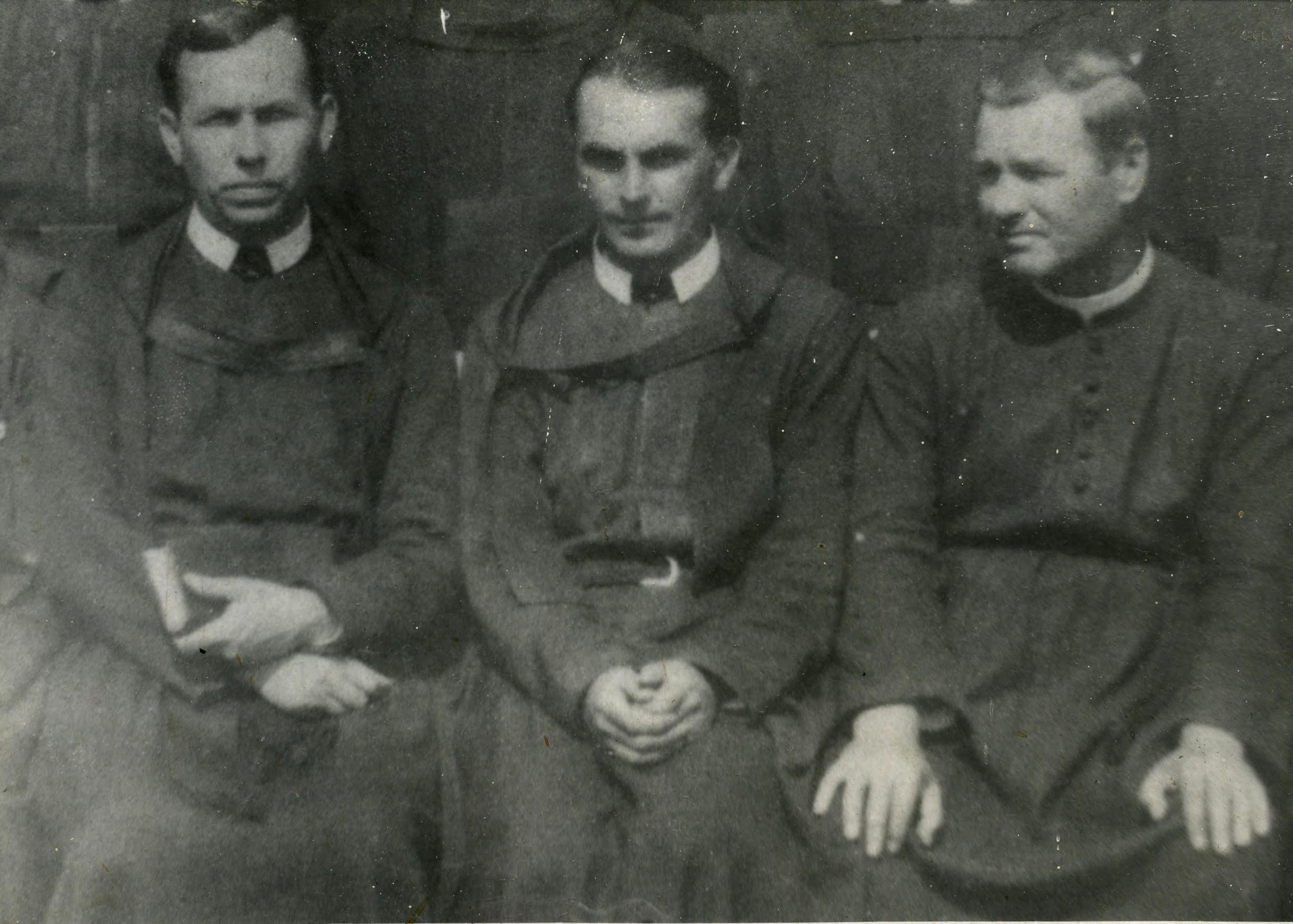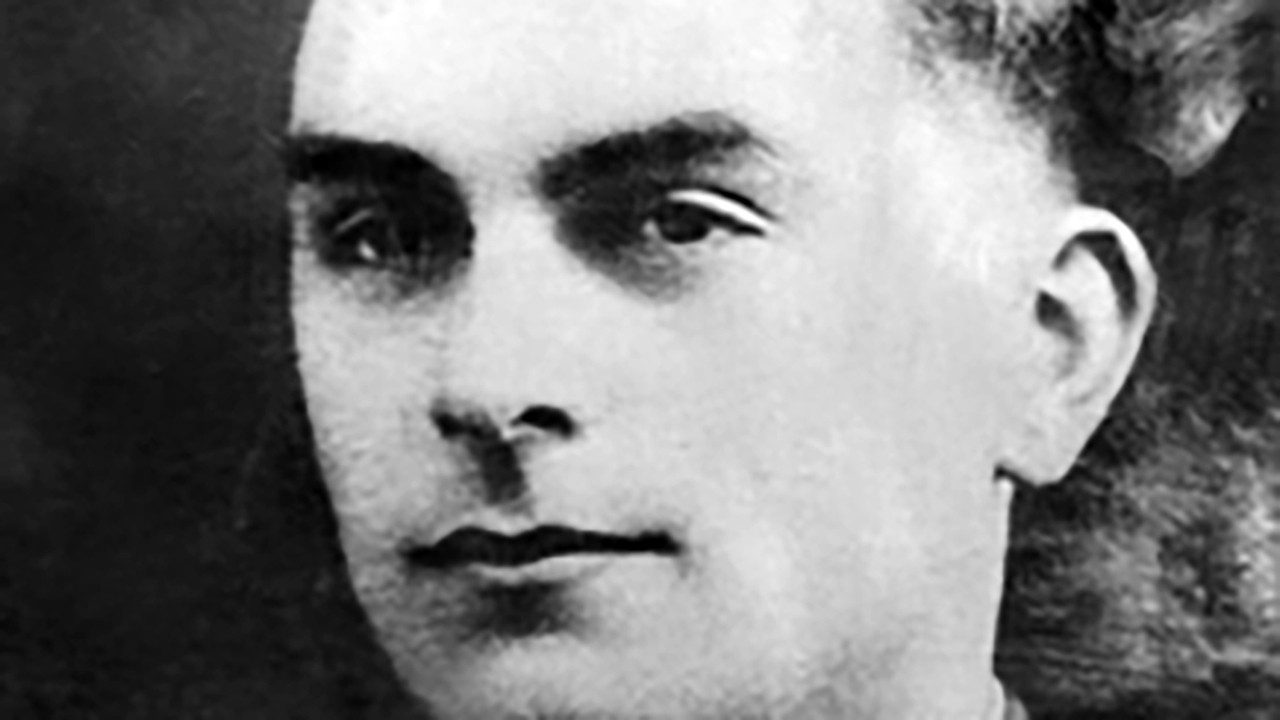Secretly Consecrated Bishop Martyr To Be Beatified, Finally
The youngest bishop in the world ministered secretly to Catholics under Soviet communist persecution and would pay with his life.

Venerable Petro Oros was beloved by his Ukrainian flock who have since been inspired by his charity, faith, and martyrdom. Though delayed, his beatification is expected later this year.
Bishop Petro Pavlo Oros was born in 1917 near Máriapócs, a pilgrimage center in Hungary, near the Romanian border. He came from a priestly family, as his father was a priest of the Greek Catholic rite. His brother, Ivan, also became a priest who was eventually exiled by communists to Siberia.
Father Christopher Zugger, a Greek Catholic priest of New Mexico who has written two books about the witness of Eastern Catholics,told this writer that Bishop Oros was beloved by his people, who still remember him with annual processions and tributes at the site of his martyrdom.
His father died when Oros was one year old, and his mother died when he was nine years old. His stepfather sent him to Fr. Oleksandr Sabov and his wife Anna, Petro’s godmother. According to the Greek Catholic Eparchy of Mukachevo, Ukraine, through this sorrow, “God Himself was preparing Petro for the mission He had destined for him - to bring the Good News to those who suffer, to those who lack even the most basic things, to those who lose their loved ones.”
Oros entered the seminary in Mukachevo in 1937. As WW2 raged, and Ukraine was invaded by Nazi forces, he was ordained a celibate priest in 1942 and sent to the village of Velyki Kom’yaty. Mukachevo is the mother eparchy of four modern Eastern Catholic churches: the Slovak Greek Catholic Church, the Romanian Greek Catholic Church, the Hungarian Greek Catholic Church, and the Ruthenian Greek Catholic Church, all of which are in communion with the Roman pontiff and have parishes in the U.S.
In 1944, the mountainous Transcarpathian region (which traverses Hungary, Poland, Slovakia, and Ukraine) was occupied by the Soviets. There were 561,000 Greek Catholics and 81,000 Roman Catholics there at the time, as well as some 100,000 Orthodox. Oros was clandestinely consecrated bishop by Bishop Theodore Romzha, who would also suffer martyrdom at the hands of the communists. Fr. Zugger pointed out that others were secretly consecrated as bishops and that, furthermore, Oros’s last known signed document bears a cross before his name: a sign used only by bishops. He said Oros consecrated a church in 1946: an act authorized only for bishops. He was possibly the youngest bishop in the world then.
The communists persecuted the Catholic Church, while Greek Catholics were especially targeted for suppression. Priests who refused to join the Russian Orthodox Church faced imprisonment, exile, beatings, and even death. Despite the persecution, Oros was known for prayer, as well for advocating peace and respect for others. Greek Catholic bishops and priests soon went underground to preserve the faith.
After the war, Oros was assigned in 1946 to the village of Bilky. He practiced monastic poverty and charity. Father Yuriy Oros, no relation to Petro Oros, of the Ruthenian Greek Catholic Eparchy of Passaic, New Jersey, said the future martyr would give away his clothing and shoes to the poor. When asked to explain, Bishop Oros quoted the Apostle Paul, who wrote: “It is more blessed to give than to receive.” Witnesses say that his modest lifestyle, generosity, and good will even made him popular with Orthodox Christians.
Communist pressure increased in 1948 on Oros to renounce his fealty to the Roman pontiff and join the Russian Orthodox Church. He refused, fleeing to a mountain cabin from which he could visit the faithful. In 1949, the Greek Catholic Church was outlawed by the communists: parishes were closed, pastoral activities prohibited, and the Eparchy of Mukachevo was abolished. Parish churches, monasteries, and other properties were handed over to the Russian Orthodox Church.
Oros frequently visited the faithful at night to avoid detection and celebrate the Divine Liturgy and the sacraments in villages of the Ukrainian districts of Vynogradivskyi and Irshavskyi. Communists sought him out, and promised rewards for his capture. Parishioners were tortured when they refused to betray him.
In May 1953, Oros was arrested by the KGB and jailed. He refused offers of freedom of movement and a passport in exchange for joining the Orthodox Church. Upon his release, he said, “I’m not happy about this. I would rather they kept me locked up, because even there, people are waiting for the Word of God.” Continuing his covert ministry, he sealed his fate. That summer, when accompanied to the village of Imstychevo with Fr. Vasyl Yatskanych, police shot at him, but he escaped.
On August 27, on the eve of the feast of the Assumption, Oros was in the village of Velyki Komyaty to celebrate the Divine Liturgy. Near a train station, he was arrested. Upon reaching the Cross that marked the boundary of the town, he said, “Please, let me go.” But two shots rang out, ending his life. A rosary entwined his fingers. When parishioners asked for his body at the morgue where it lay nude for two days, they were refused by authorities who said, “A dog deserves a dog’s death.”
“No priest had ever been executed in broad daylight like Oros,” Fr. Zugger said, “because the communists were so afraid of him. They thought he was a bishop who would ordain more priests.” Oros was immediately considered a martyr by the faithful.
Oro's grave remained unknown for thirty-nine years. In 1992, after the fall of the Iron Curtain, former officer Ivan Deshko revealed where police buried him. His remains were exhumed and transferred to Bilky on August 23, 1992. A huge crowd gathered from throughout the Transcarpathia for the funeral. “The village of Bilky has never seen so many people. To the sound of bells, the coffin was placed in the chapel near the church, where there is a marble plaque with information about Father Oros,” a parishioner recalled.
Bishop Oros remains venerated at Bilky by his people. Flowers and candles are still left at his grave and the place of his martyrdom. A local believer was recorded to say: “Our good shepherd did not die. They did not kill him. He lives in our hearts, in our memory, until these days.”
Pope Francis recognized his martyrdom in 2022. A beatification ceremony was planned for May of this year but was delayed because of the pontiff’s passing, but is expected on September 27. Archbishop William Skurla of the Ruthenian Greek Catholic archdiocese of Pittsburgh told this writer that four bishops under his authority will attend beatification ceremonies at the Vatican.
Eastern Christian Publications has published a book about Bishop Oros’s life.
